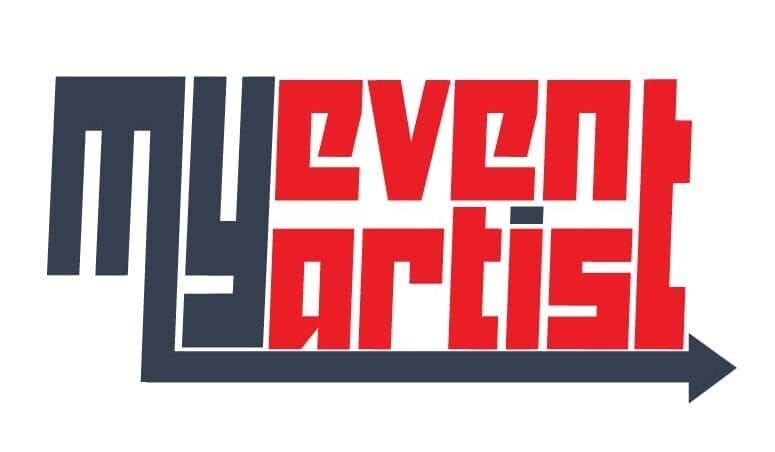Best practices for respectful and effective use of cultural iconography.
Introduction: More Than Just Symbols
In the realm of international sports, a logo is more than an aesthetic flourish—it embodies the spirit, values, and unique narrative of both the event and its host. Cultural symbols, when woven thoughtfully into event branding, do more than add flair; they turn each logo into a meaningful bridge, connecting local identities to global audiences. However, the power of these symbols also comes with responsibility, requiring sensitivity, research, and a deep respect for heritage.
1. Why Cultural Symbols Matter in Sports Branding
International sporting events often serve as a stage for cultural exchange. The use of local motifs, traditional patterns, or historic icons:
- Celebrates Host Identity: Offers the world a glimpse into the host nation’s history, beliefs, and artistic expression.
- Creates Lasting Memories: Logos rich in cultural meaning resonate beyond the event, becoming part of collective memory and memorabilia.
- Unites Audiences: Shared symbols can foster cross-cultural appreciation, generating excitement and pride both locally and globally.
2. Celebrated Examples: Cultural Iconography in Action
- Tokyo 2020 Olympics: The checkered “ichimatsu moyo” design referenced traditional Edo-period patterns, symbolizing unity in diversity.
- FIFA World Cup Brazil 2014: The event’s logo portrayed three hands making Brazil’s signature gesture of welcome, drawing from both local body language and the iconic yellow-green palette.
- African Cup of Nations: Logos regularly feature national animals, indigenous artifacts, and regional motifs, reinforcing pan-African identity.
These successful logos typically emerged from careful collaboration, extensive research, and community input.
3. Best Practices: Respectful and Effective Use of Cultural Symbols
A. Do Thorough Research
- Understand Symbolic Meanings: A motif may carry layers of significance—both positive and negative—within its culture. Collaborate with local historians or cultural experts.
- Check for Sensitivities: Symbols that seem visually compelling may, in fact, be reserved for sacred use or have contentious histories.
B. Collaborate with Cultural Stakeholders
- Engage Local Artists: Co-design with community members, ensuring authentic representation.
- Solicit Feedback: Gather input from cultural organizations, elders, or representatives to vet initial concepts and avoid missteps.
C. Avoid Stereotypes and Clichés
- Move Beyond Caricature: Represent the culture’s essence, not just its most obvious artifacts.
- Reflect Diversity: Acknowledge the modern and evolving nature of cultural identities—don’t freeze them in time.
D. Contextualize Symbolism
- Explain the significance of visual choices. Use launch videos, event literature, or website content to educate and engage the audience in the deeper meaning behind the design.
E. Design for Versatility and Global Appeal
- Balance Specificity and Universality: Local symbols should be accessible to global viewers while still honoring their roots.
- Ensure Respectful Adaptation: When adapting a symbol for digital, merchandise, or cross-cultural use, keep its core integrity intact.
4. Common Pitfalls (and How to Avoid Them)
- Tokenism: Using a cultural symbol as mere window-dressing without real engagement harms credibility.
- Misappropriation: Borrowing motifs from marginalized cultures without permission can spark controversy and backlash.
- Overcomplication: Overloading the logo with too many motifs dilutes its power and clarity.
5. Creating Lasting Connections: Tips for International Logo Designers
- Ask: “Does this symbol tell our story with respect and accuracy?”
- Use symbols as invitations to learn, not just decorations.
- Document your design process to share the journey and meaning with your audience.
Conclusion: Building Bridges Through Branded Storytelling
Cultural symbols in international sports logos can transform branding into a celebration of heritage and a catalyst for cross-cultural understanding. When approached thoughtfully, these icons spark pride at home and fascination abroad—helping every sporting event become a memorable celebration of both competition and culture.
Looking to bring authenticity and meaning to your next sports logo?
Discover custom logo design services, rooted in deep research and creative collaboration, at myeventartist.com/shop.
Keywords: international sports branding, cultural symbols in logos, respectful design, event iconography, heritage branding
#sportsbranding #culturaldesign #eventlogo #internationalbranding #myeventartist



Leave a Reply